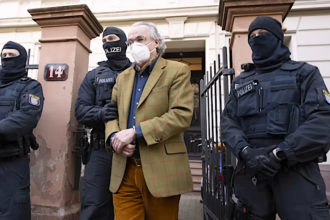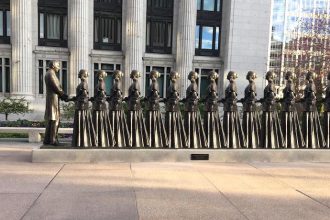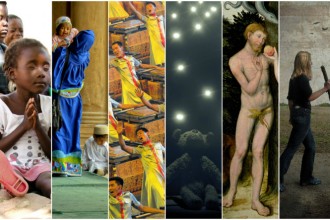
Why are Nuns and Monks in the Streets? (Parts I & II)
…s of Tibetan religion. According to the most conservative estimates, before 1959 monks constituted 10-12% of the total male population in central agricultural regions (the percentage of nuns being somewhat lower). Most Tibetans had close family members—children, siblings, aunts or uncles—who were ordained. Monasteries served as a focal point for many lay religious practices, including important village or regional festivals. Because of the importa…
Read More






